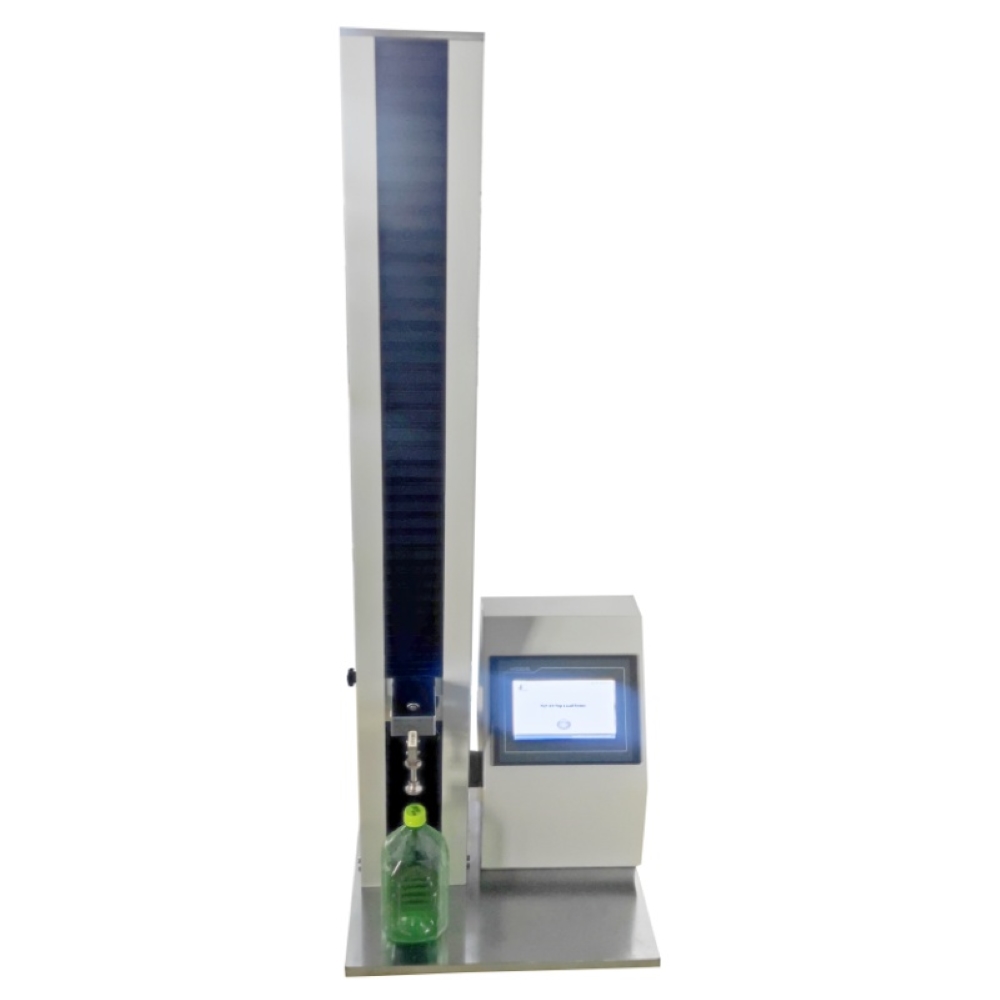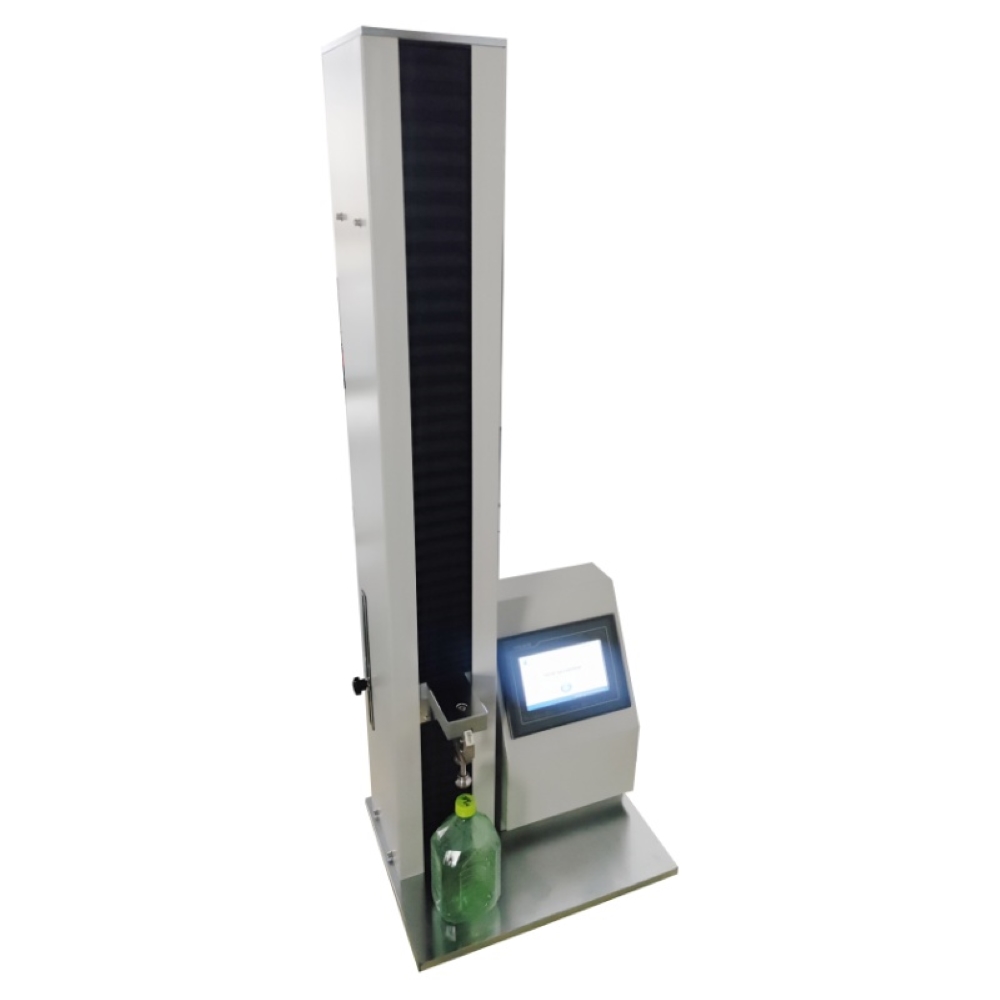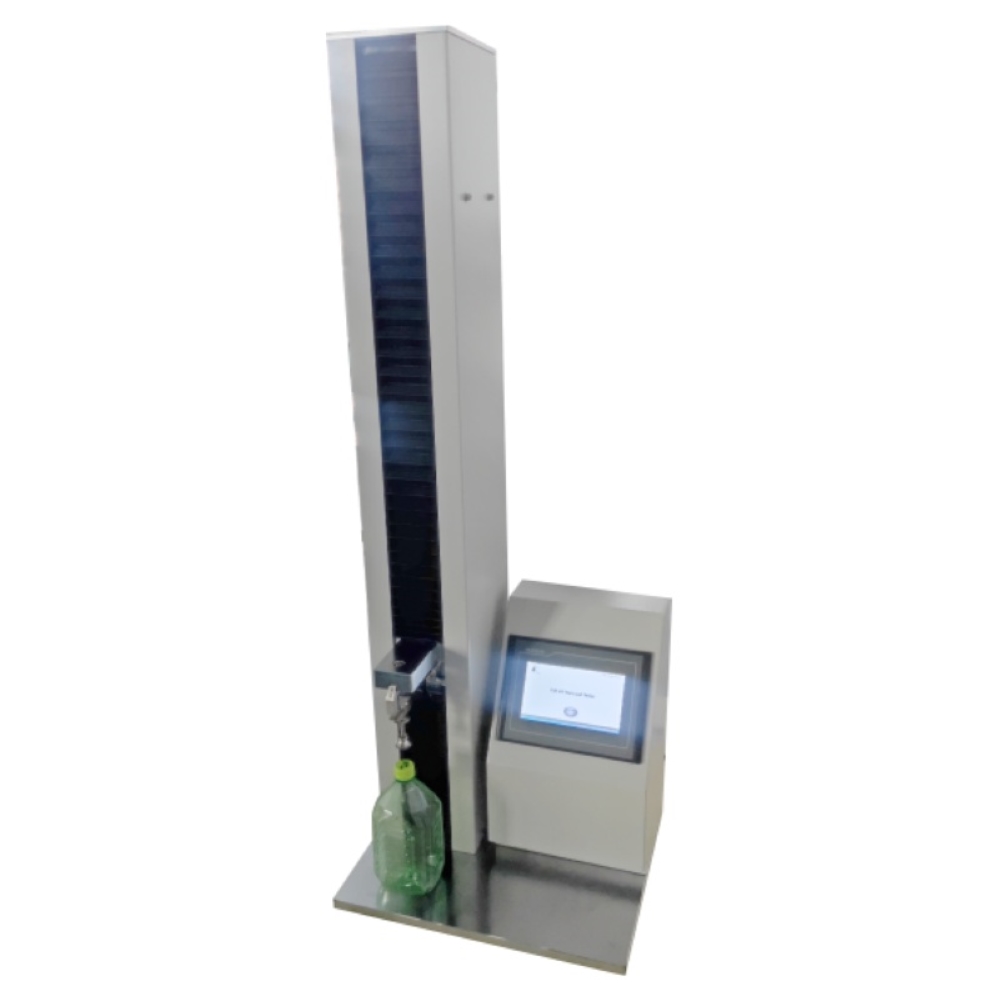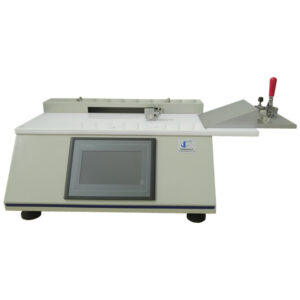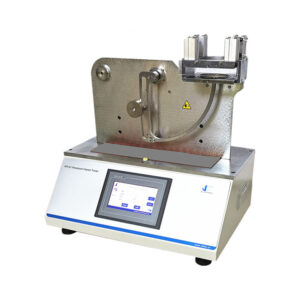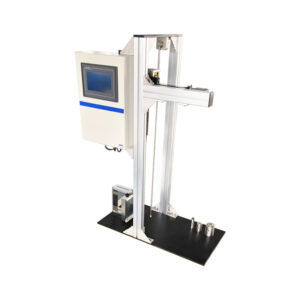آلة اختبار التحميل العلوي للحاوية يعد جهاز Cell Instruments حلاً متقدمًا مصممًا لتقييم سلامة البنية وقوة الضغط لحاويات التغليف المختلفة. من خلال قياس قدرة الحاويات مثل الزجاجات والبرطمانات والكرتون والصناديق على تحمل الأحمال بدقة، يساعد هذا الجهاز الشركات المصنعة على ضمان قدرة منتجاتها على تحمل ضغوط التكديس والشحن والتخزين دون تشوه أو انهيار. من خلال هذا الجهاز، تقدم Cell Instruments حلاً من الدرجة الأولى للصناعات مثل الأغذية والأدوية والسلع الاستهلاكية، حيث تكون متانة التغليف أمرًا بالغ الأهمية لسلامة المنتج وجودته.
أهمية اختبار التحميل العلوي في التغليف
في مجال التغليف الحديث، يعد ضمان قوة الحاوية وموثوقيتها أمرًا ضروريًا. يتحقق اختبار التحميل العلوي من قدرة الحاويات على تحمل القوى الانضغاطية التي تواجهها أثناء التكديس والنقل، مما يحمي المنتج بالداخل ويمنع الأضرار المكلفة والإرجاع والاستبدال. بالإضافة إلى ذلك، يساعد هذا الاختبار الشركات المصنعة في تحسين تصميم التغليف واستخدام المواد، وتعزيز الفعالية من حيث التكلفة والاستدامة مع الحفاظ على الجودة وسمعة العلامة التجارية.
معيار ASTM D2659
ASTM D2659 يعد معيار مقاومة الضغط للحاويات البلاستيكية الصلبة معيارًا أساسيًا لتقييم قوة الضغط للحاويات البلاستيكية الصلبة. وهو يوفر طرقًا موحدة لتقييم مدى قدرة هذه الحاويات على تحمل الأحمال من أعلى إلى أسفل، وهو مقياس أساسي لضمان سلامة الهيكل والأداء.
- طرق اختبار ASTM D2659: وفقًا لإرشادات ASTM D2659، يطبق اختبار التحميل العلوي قوة ضغط محكومة على الجزء العلوي من الحاوية، وتتزايد تدريجيًا حتى يحدث تشوه أو فشل. توفر هذه الطريقة بيانات مهمة حول أقصى قدر من تحمل الحمل، مما يساعد في ضمان تلبية الحاويات لمعايير السلامة والأداء في الصناعة.
- فوائد الامتثال: يساهم الالتزام بمعيار ASTM D2659 في تعزيز الموثوقية والامتثال التنظيمي، مما يمنح الشركات المصنعة والمستهلكين الثقة في متانة العبوة.
الميزات التقنية الرئيسية لآلة اختبار التحميل العلوي للحاوية
تم تصميم آلة اختبار التحميل العلوي للحاوية لتكون دقيقة ومريحة وقابلة للتكيف، وهي مجهزة بميزات متقدمة لتلبية متطلبات الاختبار المتنوعة.
- التحكم المتقدم والعرض:
- تتميز الماكينة بشاشة تعمل باللمس HMI مقاس 7 بوصات للتفاعل السلس مع المستخدم وسهولة التشغيل.
- يتم تشغيله تحت نظام التحكم PLC، والذي يوفر الاستقرار والكفاءة الصناعية.
- الدقة والمرونة:
- بفضل مسمار الكرة الدقيق، تحقق الماكينة تحكمًا دقيقًا في السرعة والإزاحة، مما يوفر نتائج موثوقة وقابلة للتكرار.
- تتيح سرعة الاختبار القابلة للتعديل للمستخدمين تخصيص ظروف الاختبار وفقًا لموادهم ومعاييرهم المحددة.
- توفر أشكال وأحجام لوحات الضغط المتعددة المتوافقة المرونة لأنواع وأبعاد الحاويات المتنوعة.
- ميزات السلامة والراحة:
- تضمن الحماية المدمجة من الحمل الزائد ووظائف العودة التلقائية السلامة التشغيلية وسهولة الاستخدام.
- تتيح الطابعة الصغيرة الاختيارية ومنفذ إخراج البيانات RS232 إمكانية تسجيل البيانات وإعداد التقارير بكفاءة، مع برنامج احترافي لتحليل البيانات الشامل.
برامج اختبار فريدة للتحليل الشامل
تم تجهيز آلة اختبار التحميل العلوي للحاوية ببرامج اختبار متخصصة، تم تصميم كل منها لمتطلبات تحليل مختلفة:
- اختبار الحمل الأقصى: يقيس أقصى قوة ضغط يمكن للحاوية أن تتحملها.
- اختبار حمل التشوه الثابت: يقوم بتقييم سعة التحميل عندما يصل الحاوية إلى مستوى تشوه معين.
- اختبار التحميل الثابت: يقيس مدى تشوه الحاوية تحت حمل ثابت.
- اختبار الضغط الفردي والدوري: يسمح بتحليل ضغط فردي أو دورات ضغط متكررة لاختبار المرونة الهيكلية المتعمقة.
المواصفات الفنية
| مدى الاختبار | 0-1000 نيوتن (أو حسب الحاجة) |
| ارتفاع العينة | 700 ملم |
| قطر العينة | 120 ملم كحد أقصى |
| اختبار السرعة | 1~500 مم/دقيقة |
| دقة الإزاحة | 0.01 مم |
| دقة القوة | 0.5% مقياس كامل |
| يتحكم | شاشة PLC و HMI |
| إخراج البيانات | شاشة، طابعة صغيرة (اختياري)، RS232 (اختياري) |
| قوة | 110~ 220 فولت، 50/60 هرتز |
الامتثال للمعايير الإضافية
بالإضافة إلى ASTM D2659، تدعم آلة اختبار التحميل العلوي للحاوية الاختبار المتوافق مع العديد من المعايير الأخرى لتلبية احتياجات الصناعة المتنوعة:
- ASTM D4577: المبادئ التوجيهية لتقييم قوة الضغط لحاويات التغليف.
- ASTM D642: طرق تقييم مقاومة مواد التغليف للضغط.
- ايزو 8113: يحدد اختبار قوة ضغط الحمل العلوي للحاويات الصلبة.
- ASTM D4169: توفير إجراءات اختبار الأداء لحاويات الشحن وأنظمة التعبئة والتغليف.
الأسئلة الشائعة
- ما هي أنواع الحاويات التي يمكن اختبارها باستخدام هذا الجهاز؟
يمكن للجهاز اختبار حاويات مختلفة مثل الزجاجات والبرطمانات والكرتون والصناديق المصنوعة من البلاستيك أو الزجاج أو غيرها من المواد الصلبة، حتى قطر 120 مم وارتفاع 700 مم. - كيف تضمن هذه الآلة التوافق مع ASTM D2659؟
تم تصميم الماكينة وفقًا لطرق اختبار ASTM D2659، وتطبيق قوى ضغط متزايدة ومحكومة وتسجيل أقصى سعة تحميل وتشوه، مما يضمن الدقة في تلبية المعيار. - هل يمكن تعديل معايير الاختبار؟
نعم، يمكن تعديل معلمات الاختبار، بما في ذلك سرعة الاختبار وارتفاع العينة، لتناسب أحجام الحاويات المختلفة ومتطلبات الاختبار. - هل من الممكن دمج هذا الجهاز مع برنامج إدارة البيانات؟
نعم، يوفر الجهاز منفذ بيانات RS232 للتكامل السلس مع أنظمة البرامج، مما يعزز قدرات تسجيل البيانات وتحليلها. - ما هي المدة التي يجب معايرة الجهاز فيها؟
يوصى بالمعايرة المنتظمة بناءً على تكرار الاستخدام، عادةً على أساس سنوي، للحفاظ على الدقة والامتثال الأمثل.
أجهزة الخلية آلة اختبار التحميل العلوي للحاوية تم تصميمه لتوفير الدقة والموثوقية والمرونة لتلبية مجموعة واسعة من احتياجات الاختبار. مع خيارات التخصيص، فإنه يتكيف بسهولة مع متطلبات العميل الفريدة، بما في ذلك احتياجات الاختبار الخاصة وتحويل الأتمتة. يستفيد المستخدمون من التوجيه الخبير بشأن الإعداد والامتثال لمعايير ASTM وتفسير البيانات، مما يضمن التكامل الفعال في سير عمل ضمان الجودة.

